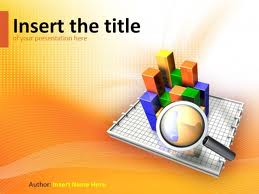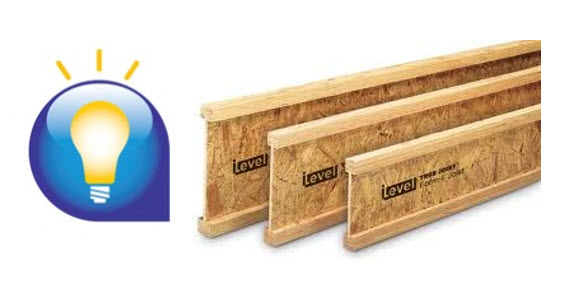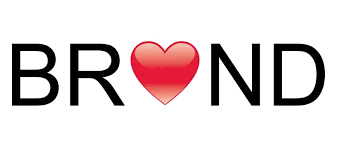A Brand Test for CEOs.
Here’s one way to see if your company has a brand plan. Summon department leaders and one random dept. employee into the conference room on a Monday morning. Ask each of them to create a PPT presentation describing the company mission in twelve pages — no more, no less. Make sure they explain what the company Is and what the company Does. (Here referred to as the Is-Does.) Ask them to report back by 1 P.M., where sandwiches will be served and the work reviewed as a group.
As with any research, offer up that there are no right or wrong answers and grades will not be issued.
Companies with strong brand cultures will share presentations containing similar organizational structure and language. The other 92% will be a mash-up. What will they mash up? Learnings from category-leading brands. Things they recall reading in the trade press and news. A little bit of personal aspiration, maybe some lyrics from the company PR boiler plate and, likely, some CEO language. A doggy’s dinner as Fred Poppe might have said.
In companies with tight brand plans, every employee knows what business they’re in. They can articulate what products are sold, what customers care about and the business-winning goals. These are business fundies. This is strategy. It’s worth sharing with employees.
Try this brand plan test out and see what can be learned about from a few simple PPT sides. Peace.






